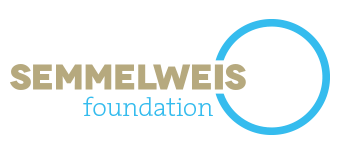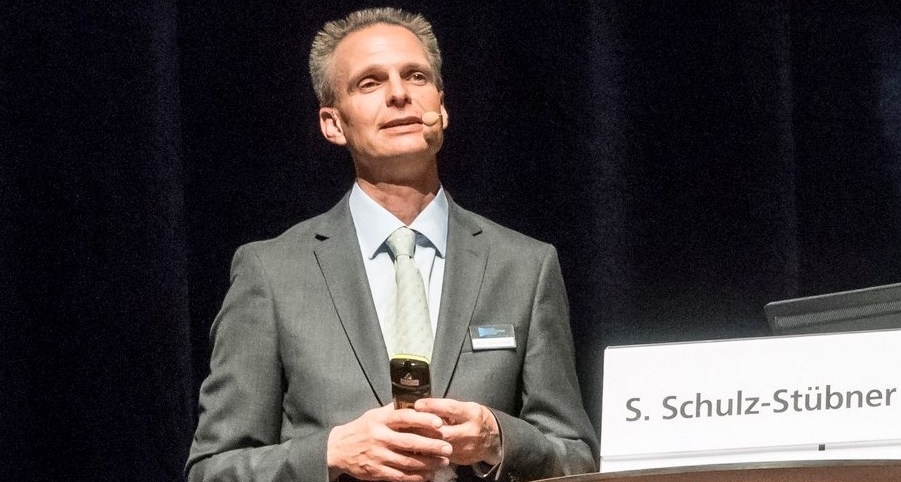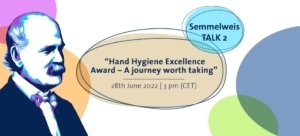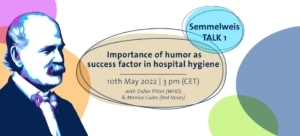The revision of the recommendations for SSI-prevention is one of the most important patient safety recommendations released in 2018. What are the major novelties? We asked Dr. Sebastian Schulz-Stübner, Chief Physician at the German Consulting Centre for Hospital Epidemiology and Infection Control and Consultant in Hospital Epidemiology and Infection Control.
The KRINKO-recommendation for the prevention of surgical site infections made a number of recommendations on the topic obsolete – which is an important clarification especially regarding constructive aspects of the operating room. Their new recommendations for planning and building can easily be summarized as “form follows function”. There is a clear message regarding the missing preventive effects of artificial diversion of “septic” and “aseptic” operating room or the use of laminar airflow systems. Its focus are the procedural aspects with emphasis on solid preoperative preparation of patients, correct preoperative antibiotic prophylaxis, skin disinfection and maintenance of aseptic technique and staff discipline throughout the course of the operation.
Are you satisfied with the revision or do you think other aspects could have been added?
As in any guideline there are some aspects that someone can criticize or which differ from other international guidelines on the same topic. While the prevention of hypothermia is mentioned in the text there are no specific recommendations despite the existence of a comprehensive S-3-guideline its prevention. Other aspects of intraoperative homeostasis are mentioned and I think for anesthesiologists it is important that KRINKO did not endorse the general use of perioperative hyperoxygenation like the WHO did. Scientific discussions regarding this topic show low evidence regarding the reduction of SSI but numerous site effects of liberal use of oxygen.
With 24 percent, SSI are the most common nosocomial infections in German emergency care hospitals. Do you think that due to the updated recommendations this rate will decrease?
I hope so, however as mentioned above, implementation is key and enthusiasm regarding this topic by all health care workers involved is necessary. Unfortunately, an excessive bureaucratic workload, economic production pressure and the discussion about pay for performance and highly controversial so-called “quality” indicators are counteracting such a motivation. These political questions and systematic problems can unfortunately not be solved by the KRINKO-recommendation alone.
The 3rd CEE Semmelweis conference in 2019 will be focusing on “Silo Busting – More interdisciplinarity in our fragmented healthcare system” – Is there any relation to this issue in the updated version of the KRINKO-recommendations?
The spirit of the KRINKO-recommendation points into that direction. It emphasizes the specific risk assessment, not only regarding the infrastructure of the institution, the type of surgery but also the level of the individual patients. This requires interdisciplinary teams of clinicians, administrators, architects and infection preventionists on the building and technical maintenance level. In addition, surgeons, anesthesiologists, nurses and infection preventionists are needed for the care process and on the procedural level.




